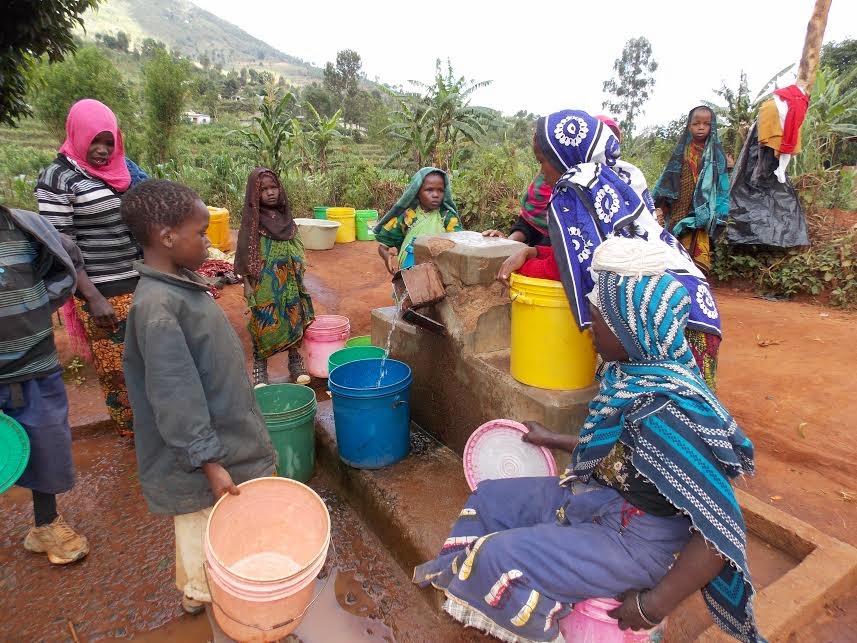Water issues are highly gendered. In most cultures, the responsibility of collecting water and maintaining its hygiene standards falls to women and girls and yet they are more likely to be affected by the water crisis due to both social and biological factors. Achieving universal and equitable access to water needs to address specific gender equality measures to water, sanitation and hygiene.
While universal access to sustainable water plays a significant role in the 2030 Agenda, it still won’t be equitable if women and girls continue to bear the brunt of the duty. Water as a human right should be accessible to all humans, particularly those who are marginalised. The lack of adequate access to water has increasingly deepened the gender gap and other social inequalities for so many girls and women in communities.

In my local community in Dodoma Tanzania, water is always an issue. Most households fetch water from outdoor sources with girls, often as young as 6 years old, spending most hours of their day walking many miles in search for water. Surveys from 45 developing countries show that in Sub Saharan Africa, women and girls spend 40 billion hours a year collecting water. This only proves how much time women invest in searching for water as opposed to other socio-economic activities and the only way to break this record is by increasing efforts to end and address water poverty.
Before achieving her fight for clean and accessible water, 15 year-old Eva had to walk approximately two hours to collect water; this long and often dangerous journey meant she had to miss her classes.
Water poverty directly affects the status and performance of female students in school, menstrual hygiene management, maternal and newborn health. Water poverty also increases the risks of a girls’ exposure to sexual assault violence and inequalities. If water poverty is addressed, more girls like Eva will be in school during school hours and not be in streets searching for water. More girls will also not fear the menstrual stigma if they are assured of safe and effective management of menstruation, which in turn puts an end to the risks girls are exposed to during the arduous journey of searching for clean water.
Taking action to end water poverty doesn’t only mean achieving SDG6 but rather all the SDGs and more likely achieving gender equality. If water search and maintenance become a responsibility for all, time spent by women and girls in water-related issues could be spent in other social, political and economic activities, which could speed-up the achievement of the Sustainable Development Goals.

To make gender equality a reality, more actions should be taken to address the issue of water poverty. As an individual, as a family, as an institution, as a country, as a continent and all together as one, should we respond to water poverty. Achieving gender equality is a global call, a call which can be responded to through campaigns, advocacy, investment, policy drive, accountability and any necessary action to ensure that water becomes universal and a celebration.